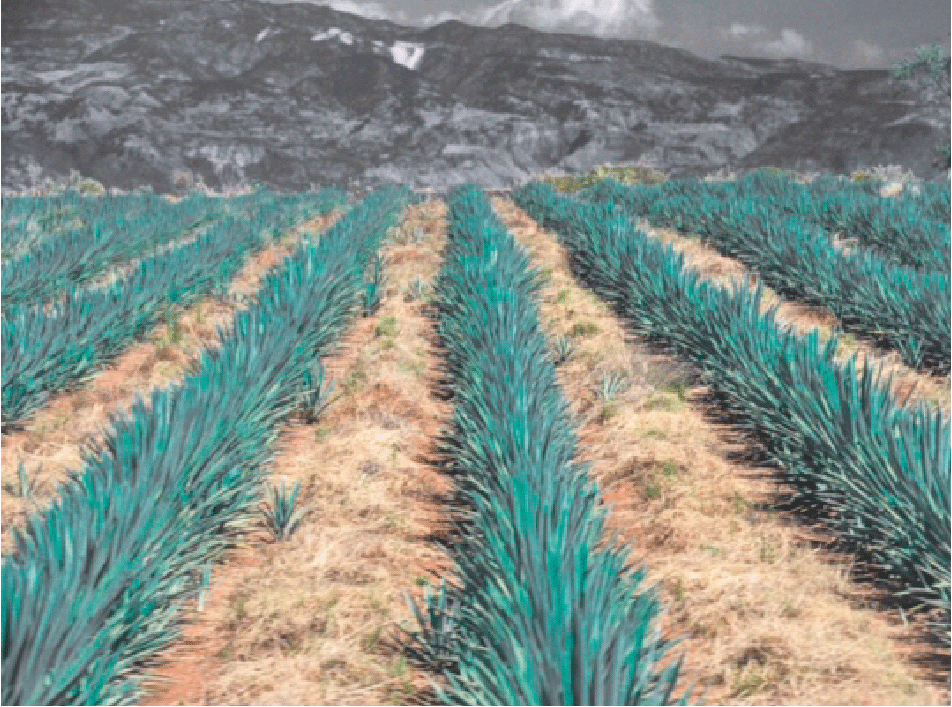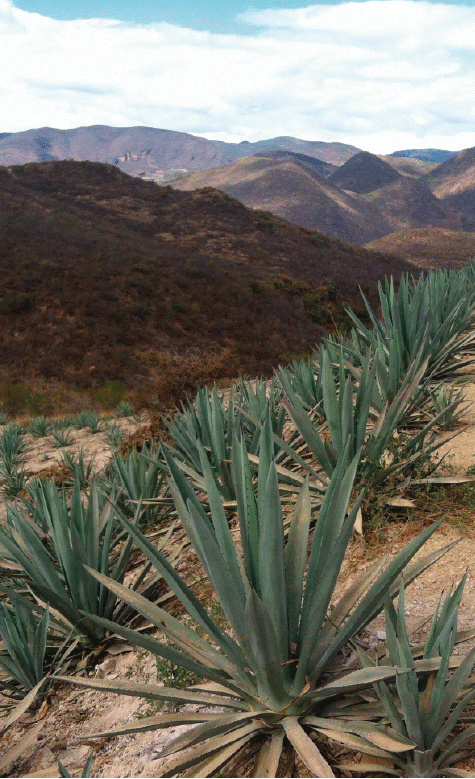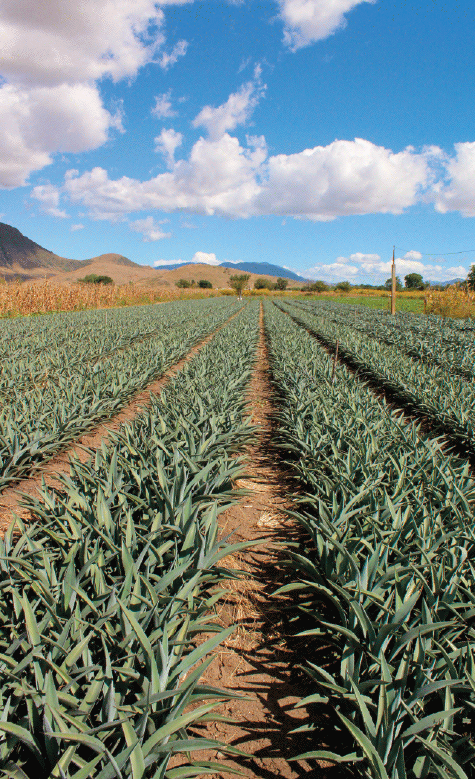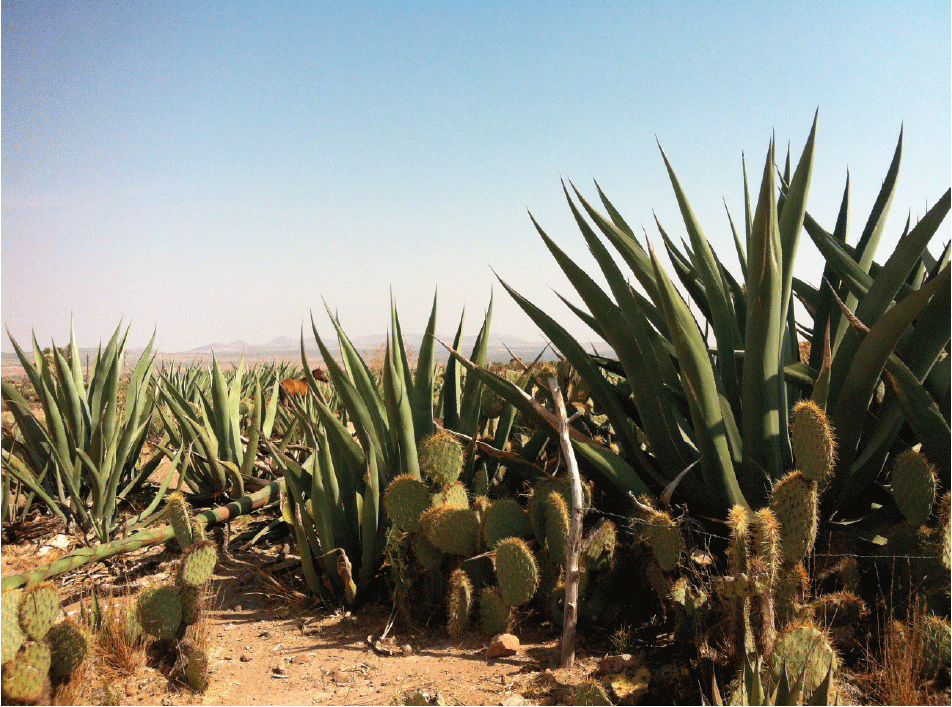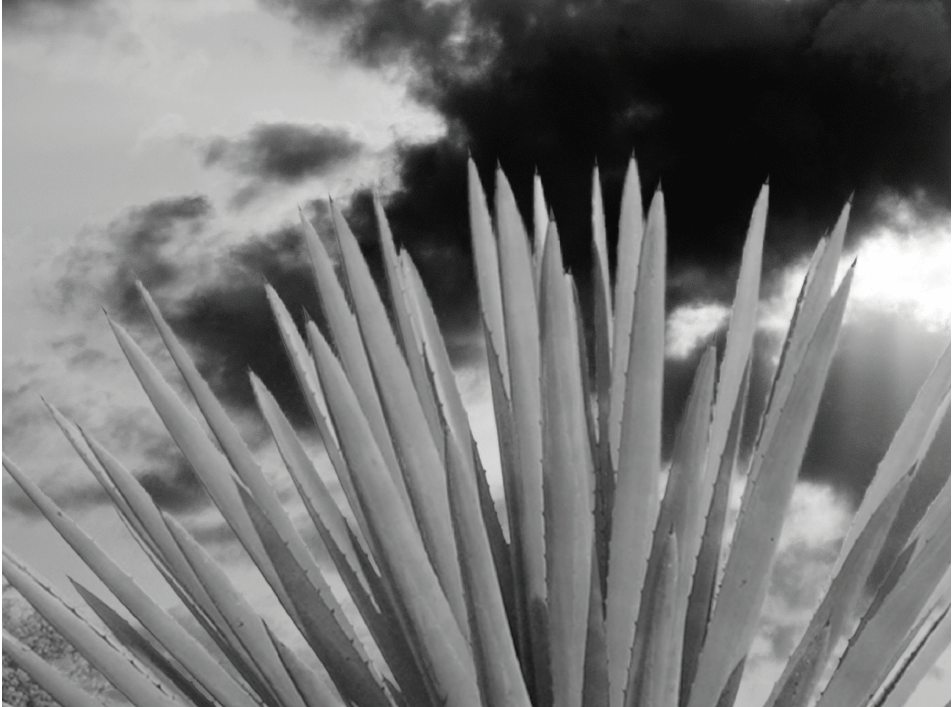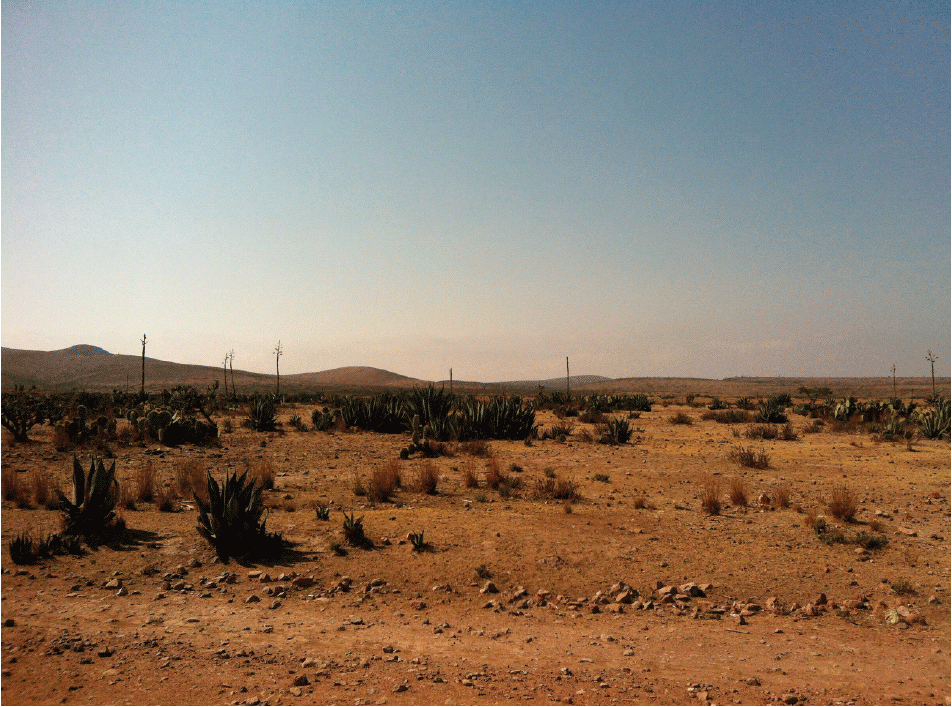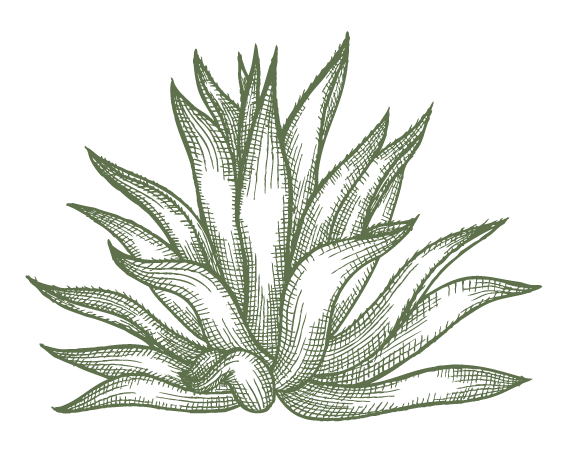
AGAVES
AND APPELATION OF ORIGIN
-There are 210 species of agaves in America, 159 (75%) live in Mexico and 119 (57%) are endemic.
-Agaves in Mexico are mainly distributed from northwest to the south of the country along the Sierra Madre Occidental.
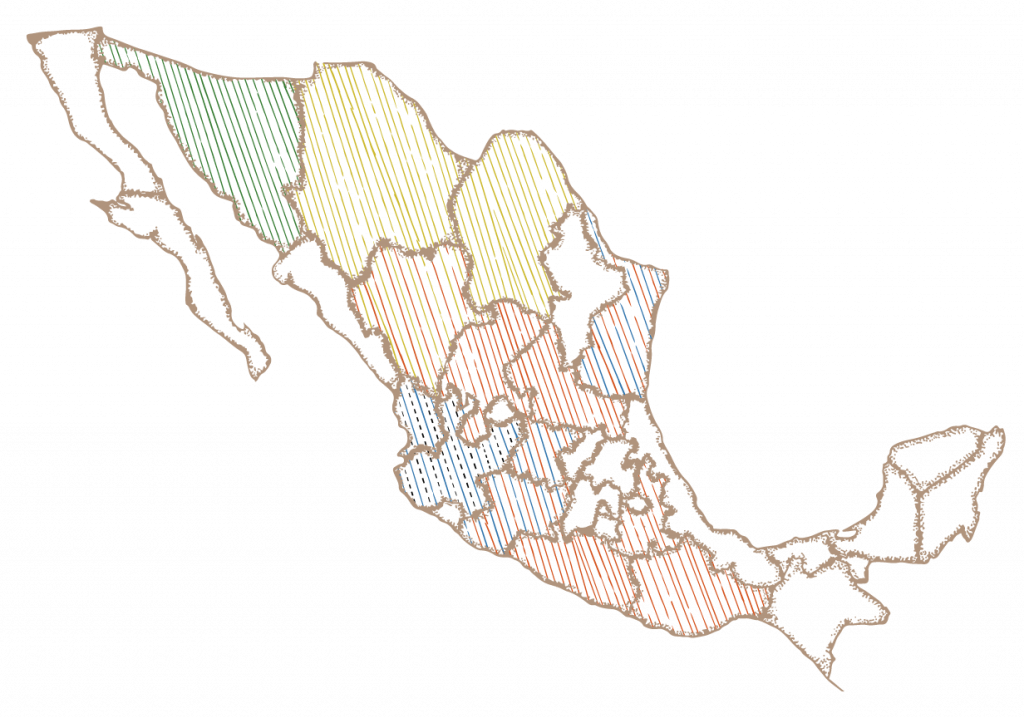

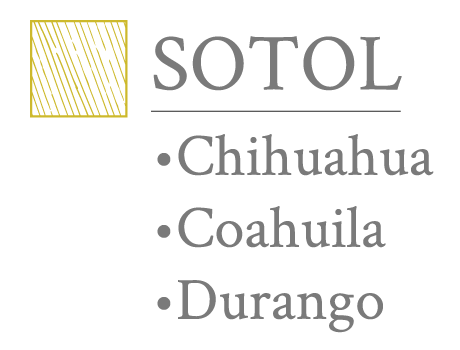





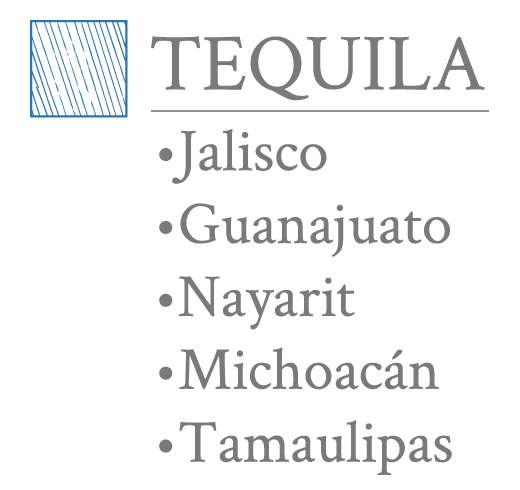


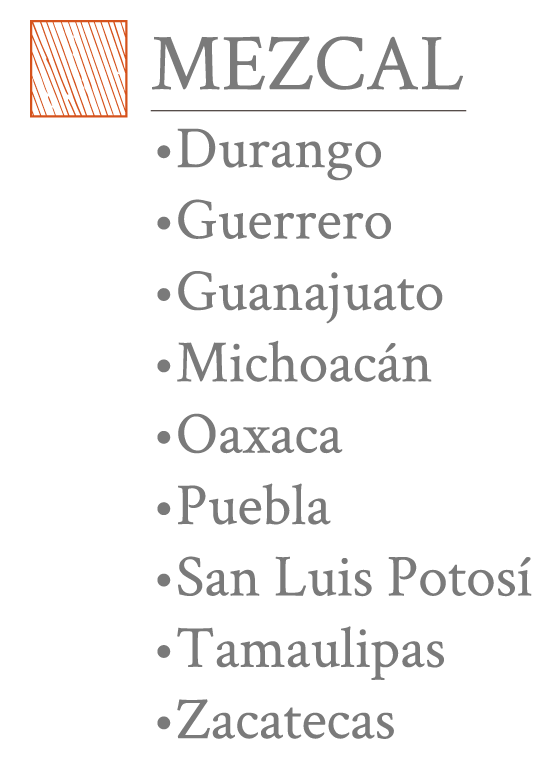

















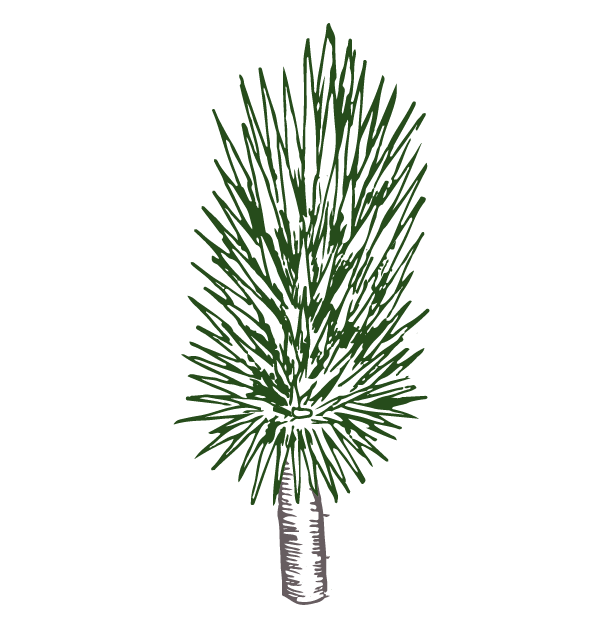


KARWINSKII
• Name: Agave Karwinskii
• Alias: Madre Cuishe, Bicuishe, Tobasiche
• Distribution: It limits its distribution in the arid zones of the valley of Tehuacán and the central valleys of Oaxaca, between 750 and 2000m of altitude.
This maguey is the best ally to the soul, it is fire, it is rain. its leaves keep the the secret of a taste both dry and refreshing that offers relief. With this plant and its mezcals you fall in love, or you heal from lovesickness.
-Rosette 1.5 m wide and 1.5 m tall over a core of up 2.5 m high.
-Straight and narrow leaves of a dark green color and small thorns.
-Ramified inflorescence of up to 3.5 m high, above the plant.
-June through September flowering period.
-Seed, bulb, and shoot reproduction.
Found in:
Puebla
Oaxaca



JABALÍ
• Name: Agave Convallis
• Alias: Jabalí, Kerchovei
• Distribution: A rare species found only in Oaxaca.
Wild like the boar, this rare agave tend to give prodigious aromas and light fruit flavours so it creates an uplifting mood.
-Rosette 1.5 m tall.
-Age of maturity of 8 to 12 years.
-Curved green-yellowy leaves with red thorns.
-Seed, bulb, and shoot reproduction.
Found in:
Oaxaca






ESPADÍN
• Name: A. Angustifolia
• Alias: Espadín, Bacanora, Espadilla, Amole
• Distribution: It is the most widely cultivated species. The maguey easily adapts to adverse nutritional and climatic conditions and requires high light intensities.
This is the agave that exudes joy. The types of mezcals extracted from this plant have the spirit of gatherings; when friends, families, and the community feel the urge to party.
-Rosette 1.5 m wide and 1 m tall.
-Straight, narrow, and rigid leaves of light green and grayish hues.
-Small thorns.
-Ramified inflorescence, up to 5 m tall.
-January through May flowering period in the north, and July through October in the south.
-Seed, bulb, and shoot reproduction.
Found in:
Campeche Oaxaca
Chihuahua Puebla
Durango Quintana Roo
Guerrero Sonora
Jalisco Yucatán
Michoacán Zacatecas
Nayarit
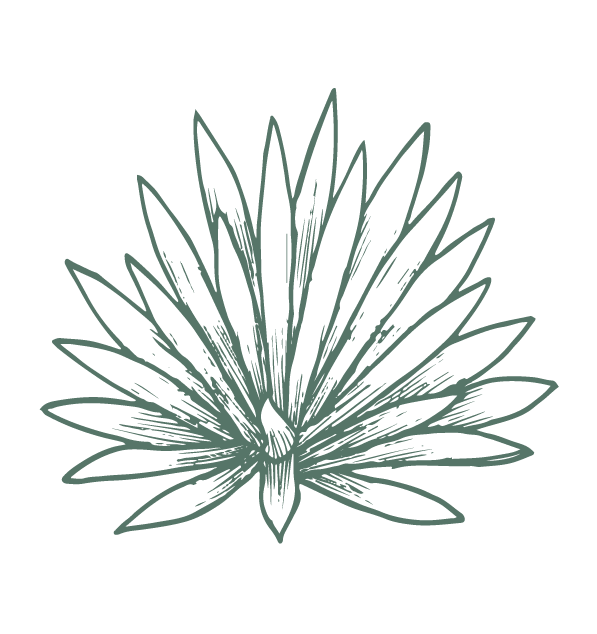



AMERICANA
• Name: Agave Americana Var. Oaxaquensis
• Alias: Arroqueño, Coyote, Blanco, Cenizo, Sierra Negra
• Distribution: Its origins are in the north-east of Mexico and it was extended into the south to Oaxaca.
This maguey grows amongst rocks and minerals. Its leaves extract the wisdom of the earth, its ancestrally old spirits, and its majestic attitude make it ideal for any type of reflection.
-Rosette 3 m wide and 2 m tall.
-Straight and whitish leaves.
-Minuscule or absent thorns.
-Ramified inflorescence up to 10 m tall.
-June through August flowering period.
Found in:
Oaxaca
Puebla
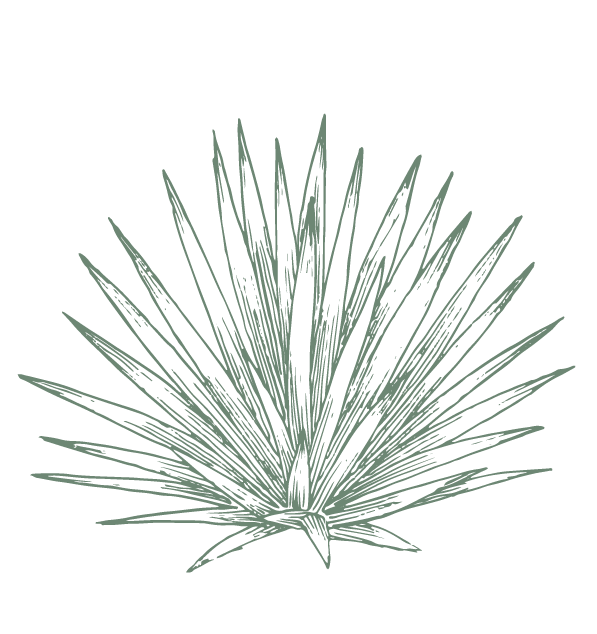


RHODACANTHA
• Name: Agave Rhodacantha
• Alias: Mexicano, Mexicano Amarillo, Chontal
• Distribution: Wild plant that grows in pine-oak forests and dry forests from Sonora to Oaxaca.
This agave’s gift is knowing how to store water during the dry season; its roots feed from the forests’ soil which fills its mezcals with balsamic and floral hints without losing its solitary and peaceful essence.
-Rosette 4 m wide and 2 m tall.
-Straight, narrow, and rigid leaves of light green hues.
-Small dark thorns.
-Ramified inflorescence, up to 9 m tall.
-May through August flowering period.
-Seed, bulb, and shoot reproduction.
Found in:
Durango Nayarit
Guanajuato Oaxaca
Guerrero Puebla
Jalisco Sinaloa Michoacán
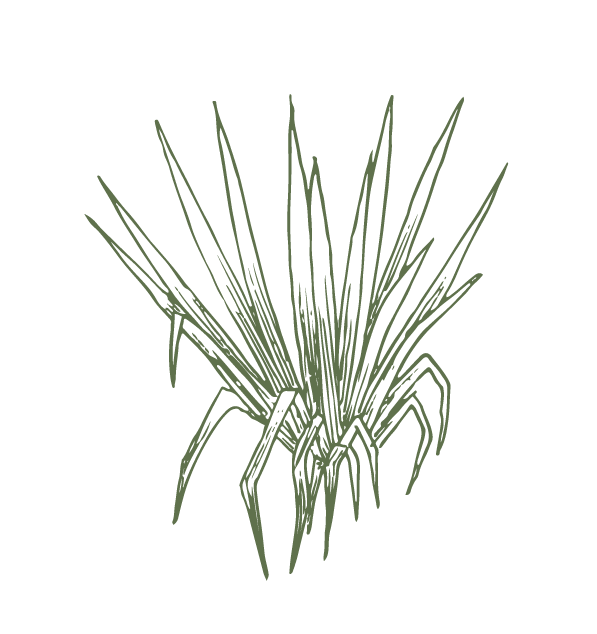


CUISHITO
• Name: Agave SP
• Alias: Cuishito
• Distribution: Oaxaca
Wild plant that provides compact flavors of sweet notes, digestive aid and assimilating element, that unknown friend with whom we cross path sometimes.
Found in:
Oaxaca
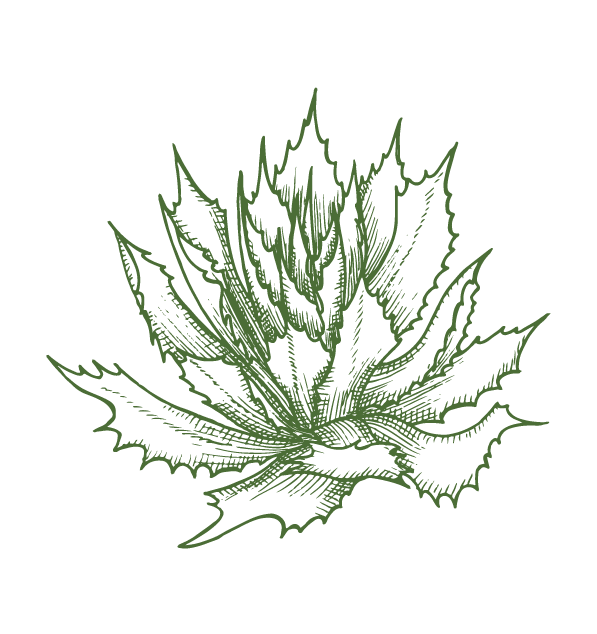




TOBALÁ
• Name: Agave Marmorata
• Alias: Tepextate, Maguey de caballo, Curandero
• Distribution: A. potatorum is native to the partial desert areas of Mexico, from Puebla to southern Oaxaca.
The king of mezcals’ maguey offers an authentic connection to the earth, its capricious leaves grow free of restrictive rules; it is a wild and indomitable plant that summons travels without a defined direction.
-Rosette 1 m wide and 70 cm tall.
-Oval leaves with undulated edges, with green to chiaroscuro colorations.
-Curvy and dark thorns.
-Ramified inflorescence up to 4 m tall.
-September through December flowering period.
-Seed reproduction.
Found in:
Guerrero
Michoacán
Puebla
Oaxaca
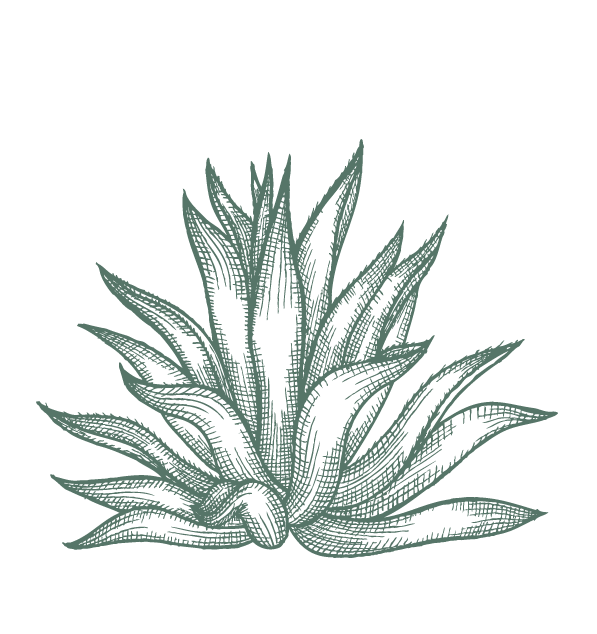



TEPEZTATE
• Name: Agave Potatorum
• Alias: Tobalá, Agave de Monte
• Distribution: It is a species found in tropical deciduous forest at elevations of 680-1800 MASL, with precipitation requirements between 300 and 700 mm per year and an average temperature of 18 to 26 ° C.
Even if its thorns could harm whomever where to touch this agave, its nature is to heal all evill. This plant’s properties are, by excellence, comforting to the body.
-Rosette 2 m wide and 1.5 m tall.
-Undulated leaves open with horizontal lines over dark green colorations.
-Big thorns.
-Ramified inflorescence, up to 6 m tall.
-April through June flowering period.
-Seed reproduction.
Found in:
Guerrero
Michoacán
Oaxaca
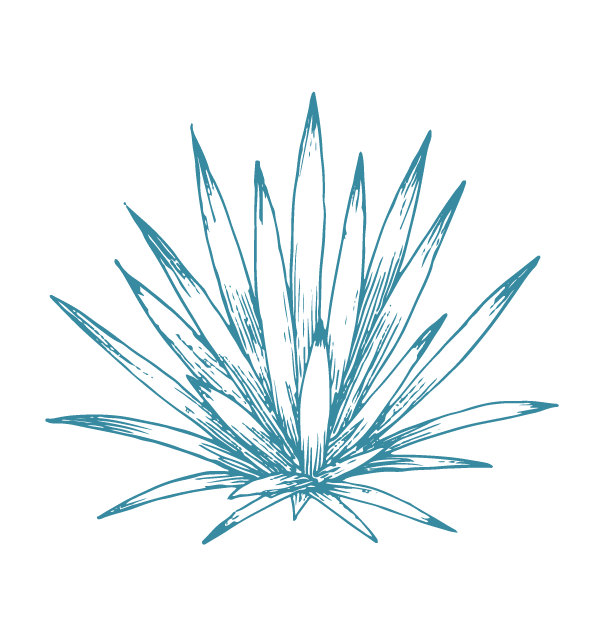





TEQUILANA
• Name: Agave Tequilana
• Alias: Agave Azul, Agave Blue Weber
• Distribution: The tequila agave is native to the states of Jalisco. The plant favors altitudes of more than 1,500 metres (5,000 ft) and grows in rich and sandy soils.
Energizing plant that creates the estimulating boost of which tequilas are known, this agave can hold great amount of sugars and it’s the center of mass production of tequila.
-Rosette 4 m wide and 2 m tall.
-with spiky fleshy Blue leaves.
-Ramified inflorescence, up to 5 m tall and topped with yellow flowers.
-Seed, bulb, and shoot reproduction.
Found in:
Jalisco
Guanajuato


MEZCAL
-Studies shows that only 42 species of agave, plus their multiple varieties are used to make mezcal.
-Distribution of agave that ares used to make mezcal in Mexico, headed by Oaxaca with 18 species.
Oaxaca































15%
Tamaulipas
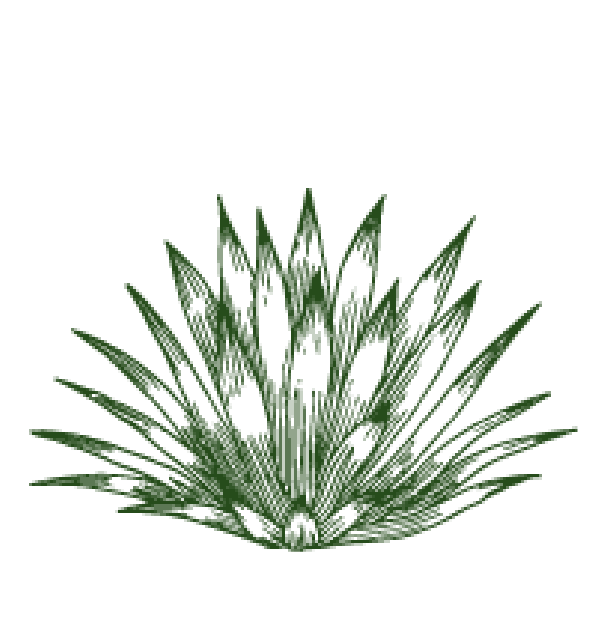

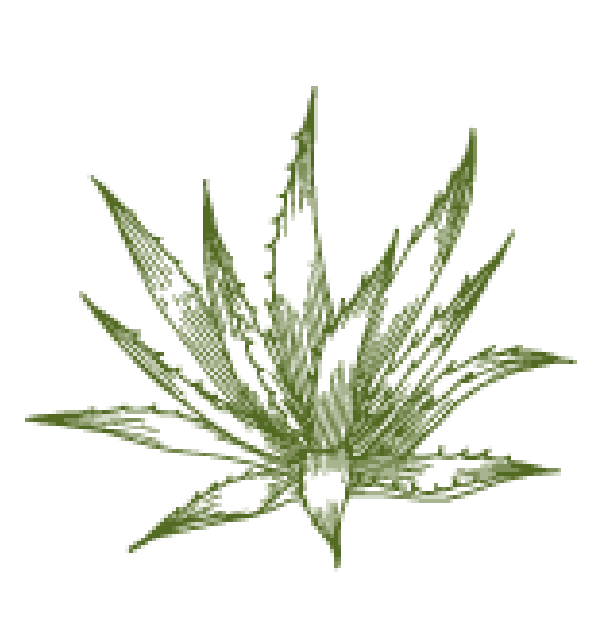







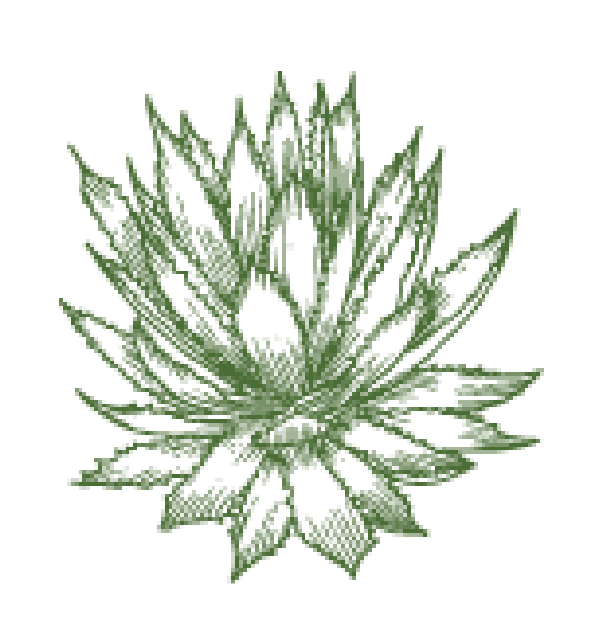





11%
Durango
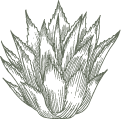







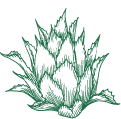

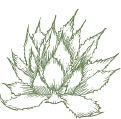

9%
Puebla









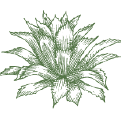









9%
Michoacán











6.5%
Guanajuato















6.5%
Guerrero









4.5%
San Luis Potosí




2%
Zacatecas






2%
Source:
Abisaí J. García Mendoza. Los agaves de México. DF. Universidad Autónoma de México.
¹ Mezcal : From the Nahuatl toungue “Mexcalli” , ‘cooked maguey’, from metl ‘maguey’ and ixcalli ‘cooked’
